AUSTRALIAN STUDENT WINS TOP PRIZE AT KODAK FILMSCHOOL COMPETITION
LOS ANGELES – Shing Fung Cheung from the Australian Film, Television and Radio School, and Cesar Gutierrez Miranda from Centro Universitario de Estudios Cinematográficos, UNAM in Mexico, have taken out the first prize places in the 2005 Kodak Filmschool Competition.
Recognising outstanding achievement in cinematography, the competition is open to students and recent graduates from both the Greater Asia and Japan and Latin America regions. Finalists from seventeen different countries competed for top honours with a first prize winner selected from each region.
For the second consecutive year, internationally renowned director of photography László Kovács, ASC generously judged the students' work. Kovács’ credits include such films as Easy Rider, Five Easy Pieces, Paper Moon, Shampoo and Ghostbusters, among many others. Kovacs says he valued the opportunity to provide the cinematography students with constructive feedback and viewed each film personally.
"Judging these entries was very challenging because the cinematography in all of these films was impressive in different ways," Kovács observes. "Each of these cinematographers found innovative techniques to help support the emotions of their stories. I encourage all of them to pursue their dreams. I believe they all have the talent to succeed in this very competitive industry."
Cheung was awarded the Greater Asia and Japan regional first prize for his work on Beth Armstrong’s film, Danya. Miranda took the Latin America regional first prize for his work on Pepe Valle’s Quimera (Chimera). Both students will travel to the 2006 Cannes International Film Festival where their films will be screened at the Kodak Emerging Filmmaker Showcase. They will also participate in seminars and have the opportunity to network with key members of the international film community.
Danya is about an only child who realises she is different from other children, because she was raised without a mother. Danya's father was forced to give up his international music career after his wife's death. He coped with his loss by locking away her belongings. Danya presses her father for missing answers about her mother, but can't get them because he is consumed by grief.
"Shing Fung Cheung used simple, but artful photography that is beautiful for this story," Kovács says. "The lighting was right for the times and places where the story happens, and also for moods. I was especially impressed with how the close-ups of Danya were lit, and also with bleaker moments in the story where darkness was used to support the mood."
Quimera was inspired by the short story "The Secret Miracle" written by Jorge Luis Borges. The film is about a writer who is condemned to death. He attempts to write a book but falls asleep before finishing it. Right before his execution he asks for a miracle – enough time to finish his story.
"Quimera is a visually striking drama that portrays what film is capable of doing through processing – bleach bypass, contrast enhancements, monochromatic looks, and so on," Kovács says. "Composition, camera movement, unusual angles, close-ups, and dramatic lighting were always correctly used to express the emotional content of scenes without it being obvious."
Launched in 2000 as an extension of the Kodak Student Filmmaker Program, entries into the Kodak Filmschool Competition must be produced on film by a student crew. The competition provides international recognition and tangible support for talented young filmmakers at an important juncture in their careers.
Honourable mentions were given to Sandeep Patil from the Film and Television Institute of India in Pune for Their Story, and Pablo Gonzalez from Universidad Nacional de Córdoba in Argentina for El Sereno (The Night Watchman).
"One of our primary goals when designing this competition was to provide support for talented young cinematographers and encourage them to pursue a career in cinematography," says Wendy Elms, Manager, Kodak Student Filmmaker Program, Greater Asia and Japan region. " We are indeed fortunate and most grateful for the support of such industry notables as László Kovács and this is one of many ways Kodak can recognize and showcase the work of our next generation of filmmakers and present them on an international stage.











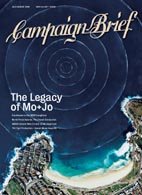
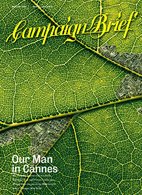
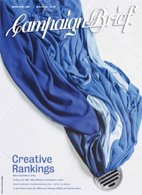

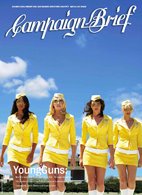


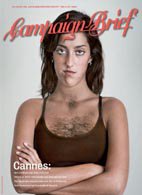
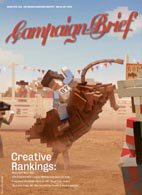

0 Comments:
Post a Comment
<< Home